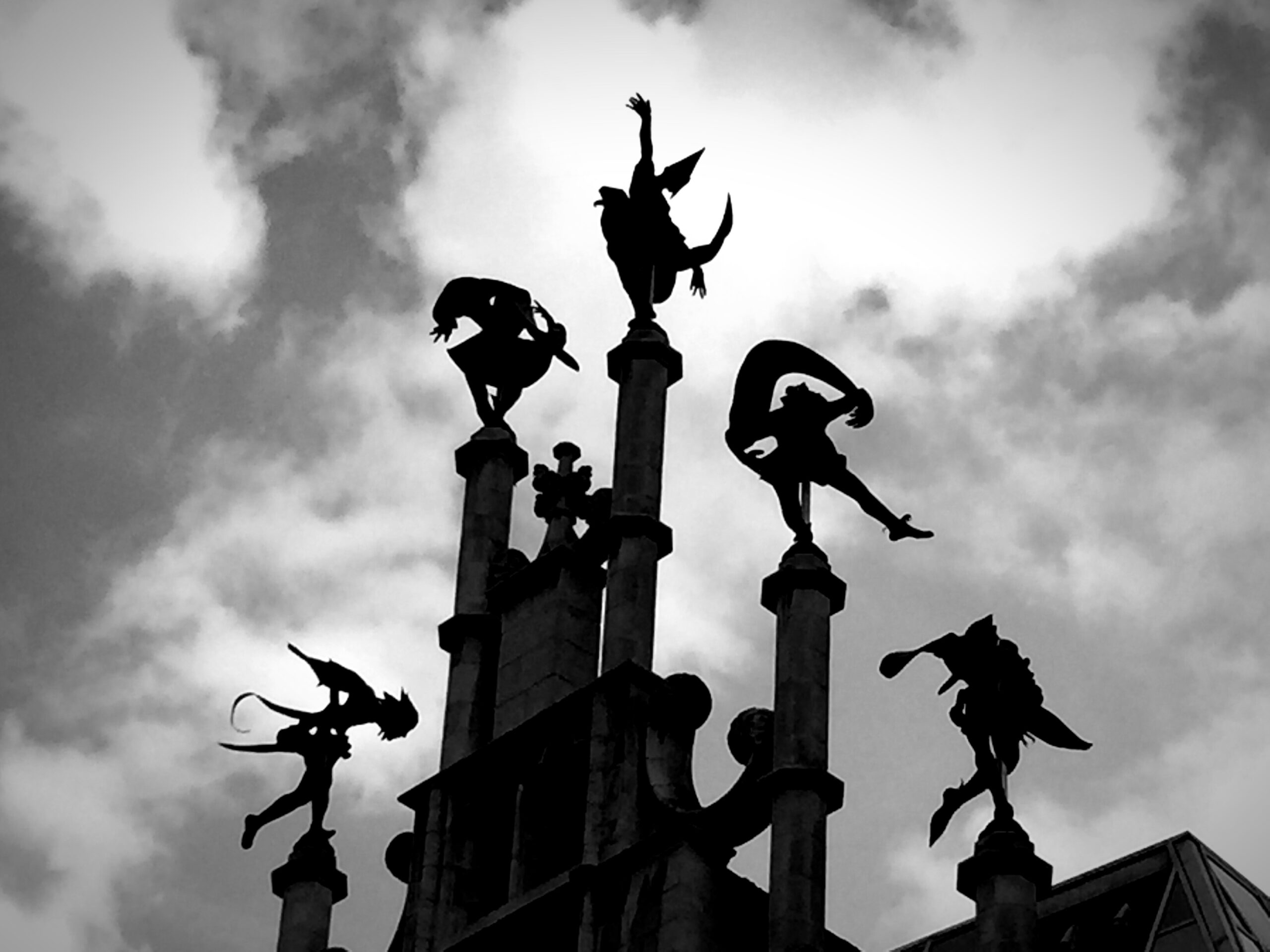
Research regarding the fears we experience in childhood often revolve around the matter of dying and death. As children we ask: what is death? What occurs in our “life” after death? Does death “hurt”? It would not be surprising to find that this fundamental fear is transformed into a primary focal conflict early in our life. We don’t want to die and don’t want other people we love to die? The conflict resides in a desire on the one hand to escape from any pondering of death and on the other hand from preparation for our own eventual death and, more immediately, for the preparation of the death of our parents or other people about we care (and about whom we are often dependent).
At a slightly more “advanced level” we take on a conflict regarding what we do in response to our transcendental awareness of mortality. Do we try to find meaning in our life and seek to have an impact in our world (even though we know that this impact is transitory and insignificant given the size and infinite duration of our expanding universe). Do we instead embrace the existential despair and escapism portrayed in disturbing song written and sung by Peggy Lee: “Is that all there is. If that’s all there is then let’s go dancing.”
Some of us engage this existential conflict through our affiliations with a specific religion or secular ideology. We find meaning and personal significance—even salvation—in these institutional affiliations. Alternatively, we seek out meaning and significance through our own personal journey. If neither of these pathways work out, then we just go on “dancing” (often with the assistance of sex, drugs and rock-and-roll—or whatever may be the current societally-preferred mode of escape).
For Katherine, the forces of mortality and related despair might be particularly powerful if she was “damaged” earlier in her life. Like others who have experienced (or witnessed in loved others) an intrusive physical event (broken nose), Katherine might find this fundamental question about life and death to reside at the heart of her focal conflict. In the nightmare we find Katherine rolling off the end of the bridge. She has no control over this fateful destination (“I have no trump”). Even the pathway to her destruction is restricted: she is sitting in a wheelchair traveling down a restrictive hallway and a walkway that leads to the bridge.
It is appropriate and timely that we now ask: how successful has Katherine been in addressing the focal conflict(s) in her life through this dream? The immediate answer would seem to be that she was unsuccessful. The dream evolved into (or began as) an overwhelming nightmare that “caused” Katherine to wake up and to experience powerful feelings of fear and discuss. I would suggest that something has not worked well in our dream whenever we wake up in a cold sweat and are fearful of going back to sleep. We have confronted a monstrous issue and have not been adequate to the task. The scoreboard suggests that Freud’s Id and Superego have defeated French and Fromm’s ego. However, we must pause before declaring victory for Freud.
From a broader perspective, it might be necessary for Katherine to repeatedly confront her distorted and disturbing self-image and to confront the even more disturbing recognition of her morality. Can these deep focal conflicts ever be resolved? Is the primary “problem-solving” function that French and Fromm propose are being served by dreams just a “pipe-dream”? Perhaps, dreams provide only an “inoculating” function—they enable us eventually to become “immune” to our focal conflict or perhaps even bored in addressing the infancy-based conflict one more time.





